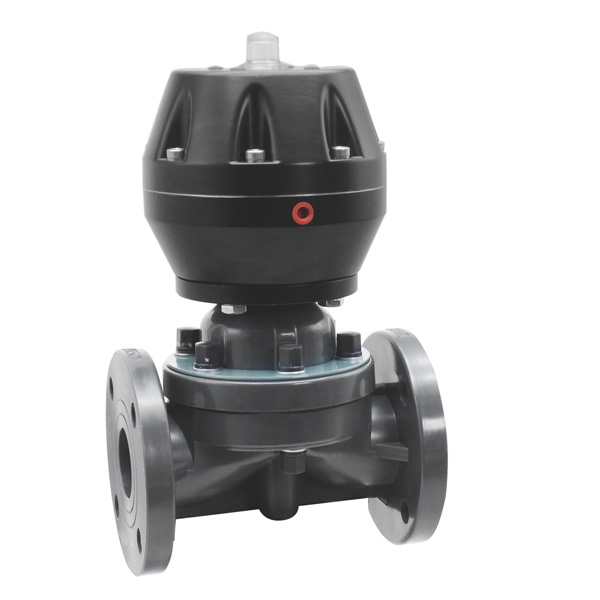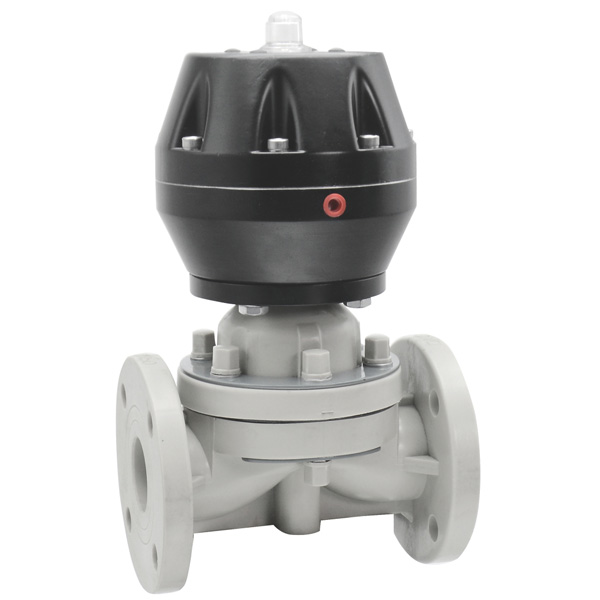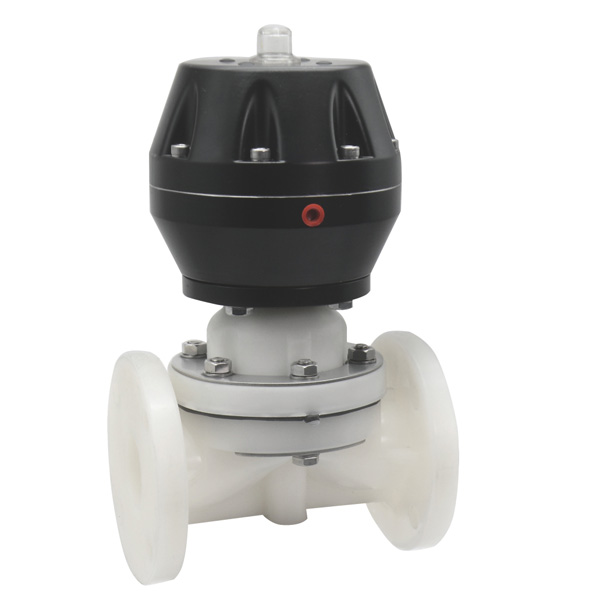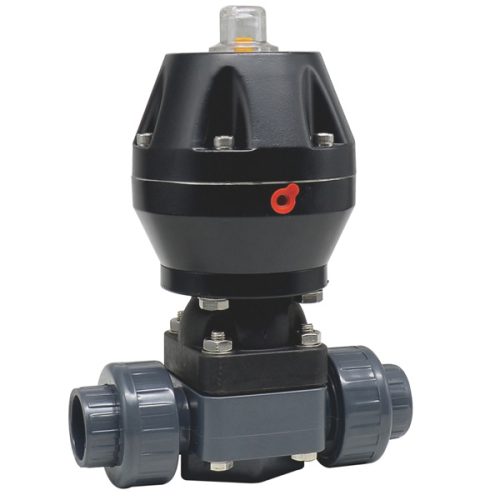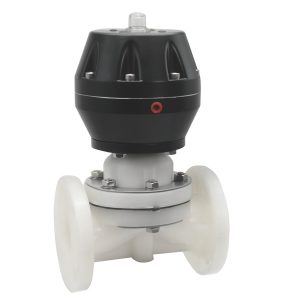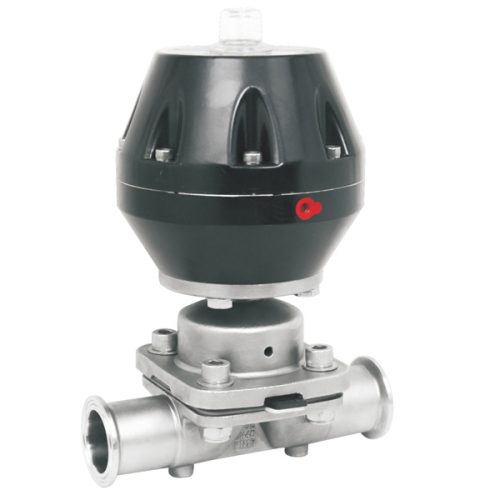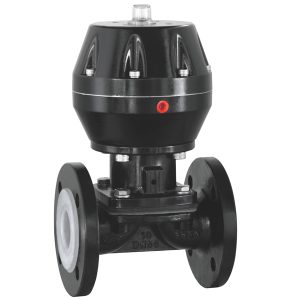Description
UPVC plastic diaphragm valves excel in industries like chemical processing, water treatment, and pharmaceuticals, thanks to their exceptional chemical resistance and durability. With optional PVDF and CPVC materials and advanced electric or pneumatic control systems, these valves ensure precision, reliability, and efficiency in handling corrosive media and demanding fluid management applications.
| Body | UPVC, CPVC, PVDF | |
| Diaphragm Material | EPDM, EPDM+PTFE | |
| Size | 1/2”~8” DN15-DN200 | |
| Seat | EPDM, EPDM+PTFE | |
| Connection | Flange, ASME B16.34 class 150, PN10 | |
| Actuator material | Aluminum Alloy | |
| Pressure | PN10 | |
| Air supply pressure | 5.5bar | |
| Pneumatic Actuator | Double acting,Single acting normally closed, acting,Single normally open | |
| Option | solenoid valve,?limit switch box?, filter, E/P positioner, hand wheel | |
?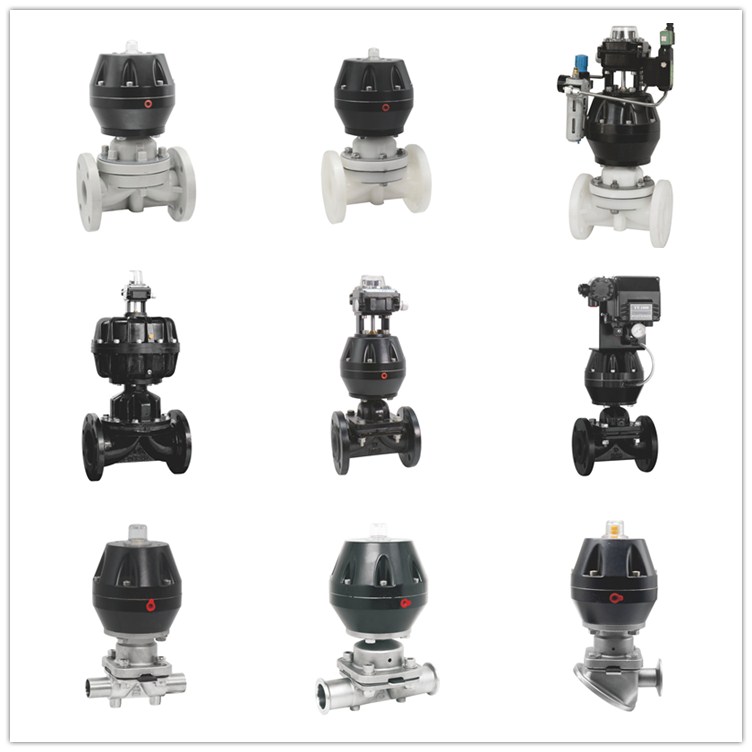
FAQ
What materials are used in UPVC plastic diaphragm valves?
UPVC (Unplasticized Polyvinyl Chloride) is the primary material, known for its chemical resistance and durability. Many manufacturers also offer optional materials like PVDF (Polyvinylidene Fluoride) and CPVC (Chlorinated Polyvinyl Chloride), which provide enhanced performance in handling corrosive and high-temperature media.
What industries commonly use UPVC diaphragm valves?
These valves are widely utilized in industries such as chemical processing, water and wastewater treatment, pharmaceuticals, food processing, mining, power generation, and electronics manufacturing due to their ability to handle corrosive substances and their precise control features.
What are the benefits of UPVC as a material for diaphragm valves?
UPVC offers excellent resistance to chemical corrosion, is lightweight, and requires minimal maintenance. Its durability and cost-efficiency make it well-suited for industrial fluid management systems used to transport or regulate aggressive media.
What control options are available for UPVC diaphragm valves?
Most manufacturers supply valves with manual, electric, or pneumatic actuation options. These control systems allow for precise and efficient regulation of fluid flow, tailored to a range of operational requirements.

